Streamline Your Lab Management with LabLynx LIMS Suite
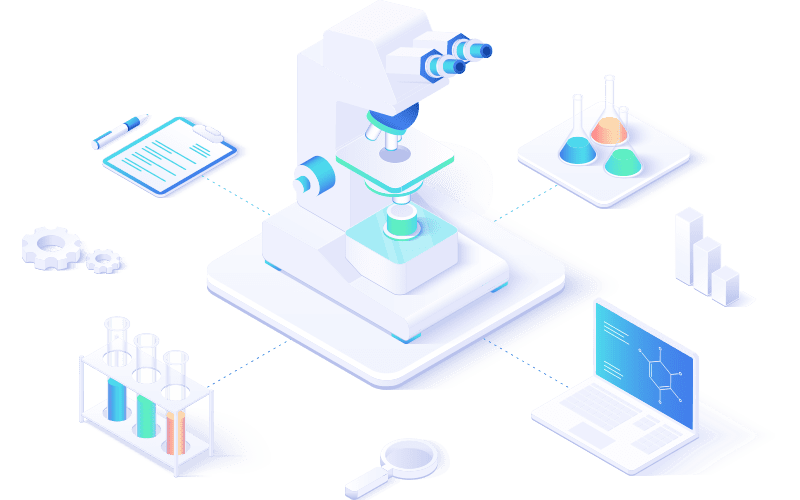
Who Benefits Most from the LabLynx LIMS Suite?
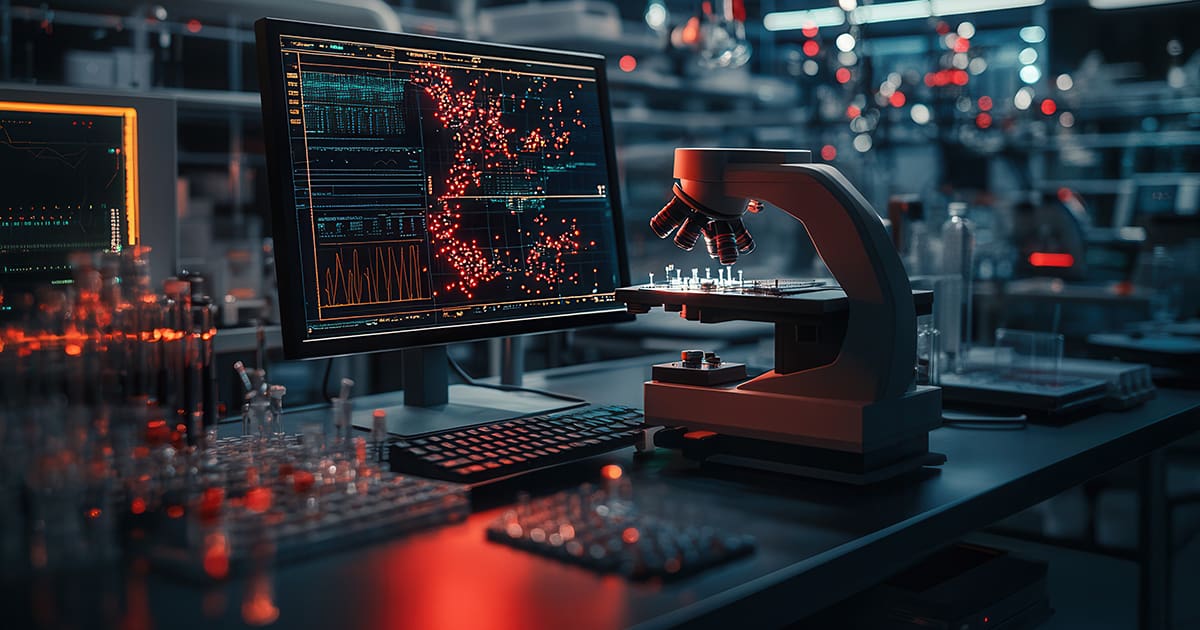
Complex Workflows
Manage intricate processes, from sample intake to reporting, with ease.
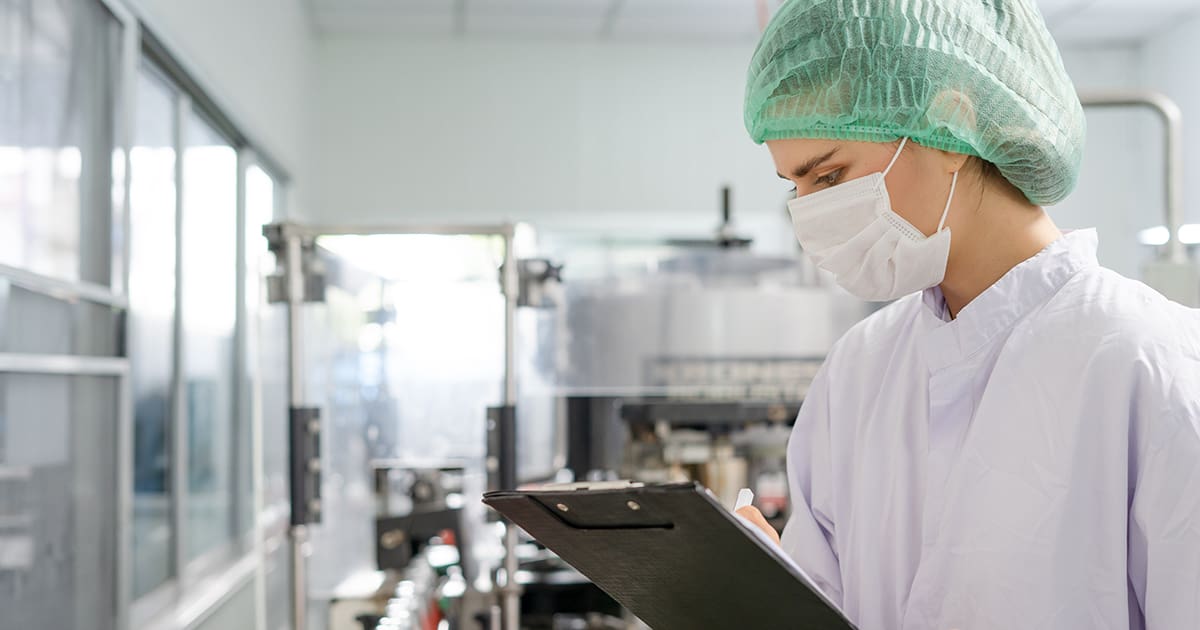
Compliance-Focused Operations
Maintain alignment with regulatory standards and ensure data integrity.

High Data Volume Environments
Streamline data entry, storage, and retrieval for efficiency and accuracy.

Customizable Needs
Adapt the system to meet unique operational challenges and workflows.
Unlock the Full Potential of Your Lab with Advanced LIMS Suite Features
LIMS/LIS: The Foundation of Exceptional Lab Management
Effortlessly manage workflows, track processes, and ensure the highest standards of accuracy and compliance. Each piece integrates seamlessly to deliver a system that optimizes every stage of your lab's operations.
Sample Management
Comprehensive tools for tracking samples from intake to disposal.
Workflow Automation
Customizable workflows to match specific lab processes.
Test Result Management
Easy entry, review, and approval of results.
Chain of Custody Tracking
Ensure sample integrity with detailed custody logs.
Regulatory Compliance
Built-in support for CLIA, HIPAA, ISO, and other standards.
Audit Trails
Full traceability for all system actions and data modifications.
Batch Management
Efficient handling of grouped samples and test runs.
Instrument Calibration Tracking
Schedule and track equipment maintenance.
Inventory Management
Monitor reagent and consumable levels in real-time.
Barcode & RFID Integration
Enable quick and accurate sample identification.
Cloud Platform: Elevating Lab Operations to the Cloud
Achieve unparalleled scalability and security while maintaining access to critical data anytime, anywhere. Designed to work cohesively with other features, this solution ensures flexibility and resilience for your lab's success.
Scalability
Easily scale up or down based on your lab’s needs.
Enhanced Security
Industry-leading encryption and threat detection.
Accessibility
Secure access from anywhere via web-enabled devices.
Automatic Updates
Always stay current with the latest features and security patches.
Disaster Recovery
Built-in redundancy and data backups to prevent loss.
Global Data Centers
Reduced latency and improved performance regardless of location.
Cost Efficiency
Lower IT overhead with no need for on-premises infrastructure.
Multi-Tenant Architecture
Robust support for multiple locations or divisions.
Customizable Dashboards
Personalized views for different user roles.
Compliance Hosting
Support for GDPR, HIPAA, and other data governance requirements.
Integration & Automation: Connecting Systems for Maximum Efficiency
Create a fully connected environment where systems, devices, and workflows operate in harmony. Automating manual tasks and synchronizing processes ensures efficiency and consistency across all operations.
Instrument Integration
Seamlessly connect lab instruments for automatic data capture.
API Access
Flexible integrations with third-party systems like ERP and CRM platforms.
Data Parsing
Automatic conversion of raw instrument data into usable formats.
Real-Time Monitoring
Continuous updates from connected devices and workflows.
Event-Triggered Actions
Automate responses to specific lab events or thresholds.
Workflow Synchronization
Coordinate activities across multiple systems.
Custom Scripts
Support for Python or other scripting languages to build unique automations.
Remote Device Management
Monitor and control connected instruments from anywhere.
Pre-Built Integration Templates
Fast setup for common lab instruments and software.
IoT Compatibility
Enable smart lab functionality with IoT-enabled devices.
Reporting & Analytics: Transforming Data into Actionable Insights
Customizable Reports
Build reports tailored to specific metrics or audiences.
Real-Time Dashboards
Live visualizations of key performance indicators (KPIs).
Trend Analysis
Identify patterns in data over time to optimize operations.
Regulatory Reporting
Preconfigured templates for common compliance needs.
Data Export Options
Flexible outputs in formats like Excel, CSV, or PDF.
Alerts & Notifications
Automated alerts for anomalies or critical results.
Interactive Charts
Drill down into data directly from visualizations.
Multi-Level Filtering
Advanced filtering options to refine analytics.
Predictive Analytics
AI-driven insights to anticipate future needs.
Scheduled Reporting
Automate report generation and distribution.
SDMS & Collaboration: Centralizing Information for Team Success
Centralized Document Storage
Securely store and access all lab documents in one place.
Version Control
Maintain an audit trail for document edits and revisions.
Collaborative Editing
Enable multiple users to work on the same document in real time.
Template Management
Easily create and manage standardized templates.
Role-Based Access
Restrict document access to authorized users only.
Metadata Tagging
Simplify search and categorization of stored files.
Automated Document Archiving
Keep storage clutter-free by archiving outdated files.
Integration with ELN
Link supporting documents directly to experiments.
Secure Sharing
Share files internally or externally with encrypted links.
Compliance Tracking
Ensure documents meet regulatory documentation requirements.
Electronic Laboratory Notebook (ELN): Innovating How Labs Document and Discover
Experiment Documentation
Digitally record and organize all experiment details.
Protocol Templates
Quickly create experiments using pre-built protocols.
Attachment Support
Link supporting documents, images, or raw data.
Searchable Database
Easily find past experiments and associated data.
Real-Time Collaboration
Enable teams to collaborate on experiments simultaneously.
Version History
Maintain a complete record of changes to any experiment.
Integration with Instruments
Automatically pull data from connected devices.
Regulatory Compliance
Meet GLP, GMP, or other applicable standards.
Data Validation
Ensure accuracy with built-in checks for input errors.
Experiment Cloning
Duplicate existing experiments for quick iteration.
Portals: Empowering Seamless Communication and Access
Client Portals
Provide external stakeholders with secure access to results and updates.
Physician Portals
Enable doctors to access patient lab results directly.
Specimen Tracking
Allow clients to monitor the progress of their samples.
Self-Service Options
Clients can submit requests or access results independently.
Custom Branding
Personalize portals to reflect your organization’s identity.
Role-Based Permissions
Ensure each user sees only the information they’re authorized for.
Real-Time Notifications
Inform stakeholders of status changes or critical updates.
Multi-Language Support
Cater to diverse client bases with multilingual capabilities.
Online Payment Integration
Offer seamless billing and payment collection.
Mobile-Friendly Design
Ensure portals are accessible on any device.
Support: Expert Assistance to Keep Your Lab Running Smoothly
24/7 Technical Assistance
Access expert support anytime.
Dedicated Account Managers
Personalized support for your specific needs.
Knowledge Base
Extensive library of guides, FAQs, and best practices.
Onboarding & Training
Ensure smooth implementation and user adoption.
Custom Support Packages
Tailored service levels to match your operational requirements.
Remote Troubleshooting
Resolve issues without on-site visits.
Regular System Health Checks
Proactive reviews to optimize performance.
User Community Forum
Connect with other users to share tips and solutions.
Feedback Integration
Suggest features or improvements for future updates.
System Upgrades & Maintenance
Stay current with the latest features and security updates.
Explore the endless possibilities beyond these features and see how a tailored LIMS solution can optimize your lab's performance.
One Solution, Endless Possibilities: The LabLynx LIMS Suite for Every Industry

Precision and Accuracy for Analytical Laboratories
Analytical laboratories demand uncompromising accuracy and reliability, and the LabLynx LIMS Suite delivers. From managing sample workflows to generating detailed reports, this solution is built to optimize your processes while ensuring compliance with industry standards. Take your analytical testing to the next level with features designed to handle high volumes of data with precision.

Streamline Quality Control in Manufacturing
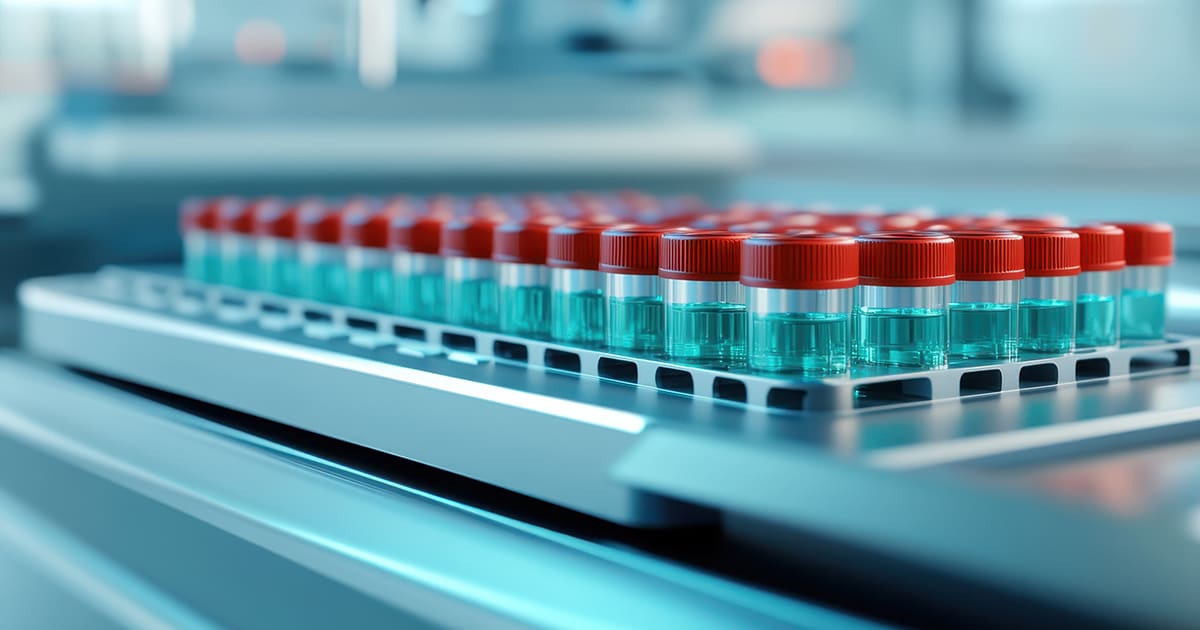
Driving Innovation in Healthcare and Life Sciences

Supporting Justice with Forensic Science Solutions
Discover How the LabLynx LIMS Suite Can Transform Your Laboratory
"*" indicates required fields
LabLynx LIMS Suite FAQs
What is a LIMS? Your Lab’s Most Valuable Tool
A Laboratory Information Management System—better known as a LIMS—is the engine that powers modern labs. From tracking samples and automating workflows to ensuring compliance and managing data, a LIMS centralizes everything your lab needs to operate efficiently and accurately. Whether you’re in healthcare, pharmaceuticals, environmental science, or manufacturing, a LIMS helps you reduce errors, improve productivity, and meet regulatory demands with confidence.
At LabLynx, our LIMS Suite is designed to adapt to your lab’s unique needs, offering powerful features, integrations, and unmatched flexibility. If you’re new to the world of LIMS or looking to deepen your understanding, we’ve created a detailed overview that breaks it all down for you.
Why a LIMS Is Essential: Discover the Benefits That Power Modern Labs
A Laboratory Information Management System (LIMS) does more than organize your lab—it transforms it. From faster turnaround times and error reduction to improved compliance and data visibility, the benefits of LIMS extend across every corner of your operations. Whether you're managing clinical samples or supporting complex R&D, a LIMS helps your lab work smarter, scale faster, and stay ahead of the curve.
The LabLynx LIMS Suite delivers all these advantages through a powerful, customizable platform built for labs of every size and specialty. Want to explore how LIMS can directly impact your lab’s success?
Choosing the Right LIMS Starts Here
Selecting the right Laboratory Information Management System (LIMS) is one of the most important decisions your lab will make. From ensuring regulatory compliance to optimizing workflows and scaling with your growth, the right LIMS sets the foundation for long-term success. But with so many options available, how do you know which one is the best fit for your lab?
The LabLynx LIMS Suite is designed to meet the diverse needs of modern labs, offering unmatched flexibility, security, and scalability. If you're in the process of evaluating systems, we've put together a comprehensive guide to help you make an informed choice.

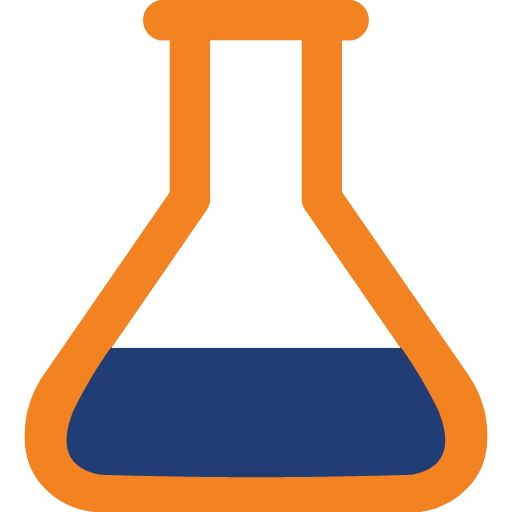



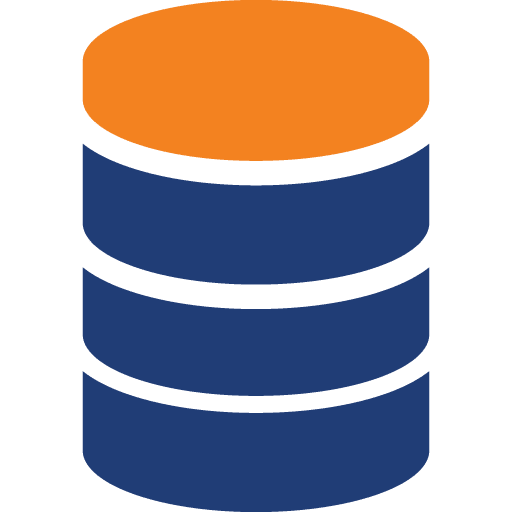

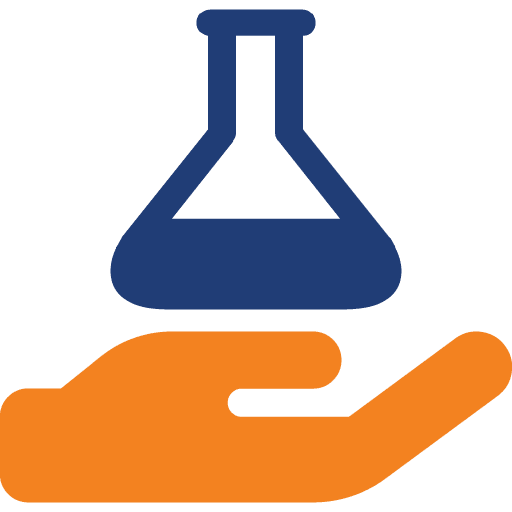

 LIMS/LIS
LIMS/LIS
 Cloud Platform
Cloud Platform
 Integration & Automation
Integration & Automation
 Reporting & Analytics
Reporting & Analytics
 SDMS & Collaboration
SDMS & Collaboration
 ELN
ELN
 Portals
Portals
 Support
Support